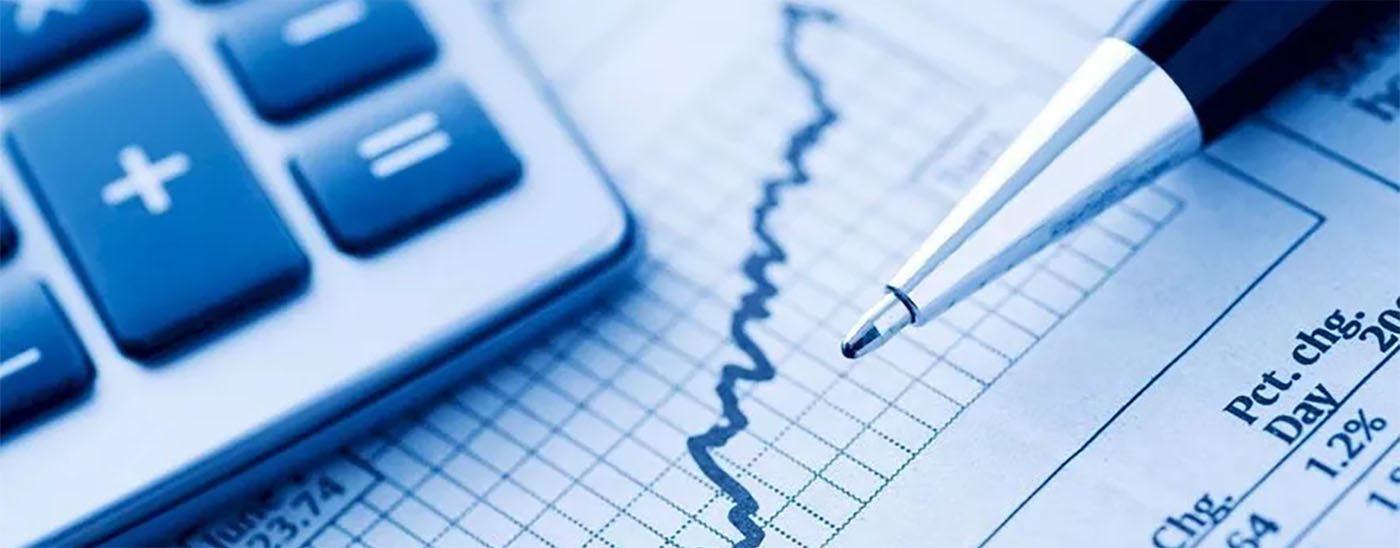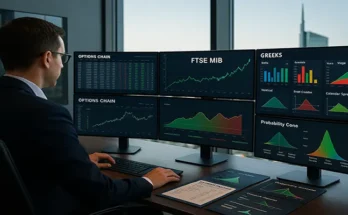In the world of Contract for Difference (CFD) trading, understanding market risk is not just a safeguard—it’s a competitive advantage. Professionals who can interpret volatility metrics with precision often find themselves better positioned to anticipate price fluctuations, adjust leverage intelligently, and protect their capital against unpredictable swings. While beginner traders may rely on stop-loss orders and basic diversification, experienced CFD professionals know that these are only the first steps toward truly effective risk management.
In today’s fast-paced, data-driven trading environment, a deep understanding of volatility measures—such as standard deviation, beta, implied volatility, and the Average True Range (ATR)—can provide actionable insights that go beyond simple chart analysis. These tools allow traders to quantify uncertainty, predict potential drawdowns, and refine their strategies with mathematical accuracy.
The Importance of Volatility in CFD Trading
Volatility is the heartbeat of the CFD market. It reflects how much and how quickly the price of an asset moves over a given period. For traders, volatility is both an opportunity and a risk—it creates profit potential but can also amplify losses if left unmanaged. In highly leveraged CFD positions, even a small uptick in volatility can lead to outsized portfolio changes.
For this reason, professional traders must do more than simply observe price fluctuations; they must measure and interpret them. Knowing whether current volatility levels are historically high or low can help traders decide when to scale in or out of positions. For example, during periods of extreme volatility, it may be wise to reduce position size or tighten stops, whereas low-volatility periods might call for broader targets or reduced leverage to maintain flexibility.
Volatility analysis doesn’t eliminate risk, but it transforms it into something quantifiable—and that’s a vital difference.
Key Volatility Metrics Every CFD Professional Should Know
Standard deviation is one of the most widely used measures of volatility. It calculates how much an asset’s returns deviate from its average return over a given period. In CFD trading, this helps quantify the magnitude of price fluctuations. A higher standard deviation suggests greater volatility, while a lower one points to relative stability.
Historical volatility, derived from past price data, shows how unpredictable an asset has been historically. While it cannot forecast future movement, it establishes a valuable benchmark. When current volatility levels deviate significantly from historical averages, it can signal a shift in market behaviour or a response to major economic events.
Implied volatility, on the other hand, looks ahead. It represents the market’s expectation of how volatile an asset will be in the future, based on options pricing. Even though CFDs don’t directly involve options, implied volatility remains a useful indicator of overall market sentiment. When it rises, it often indicates uncertainty or fear; when it falls, it signals confidence and calmer conditions. For CFD professionals, tracking implied volatility can help anticipate sudden price swings before they occur.
Integrating Volatility Metrics into Risk Management Strategies
Understanding volatility is one thing, but applying it effectively is where real mastery lies. The most successful CFD professionals use volatility metrics to guide every aspect of their trading—from when to enter or exit trades to how much leverage to apply.
Volatility-based position sizing is a particularly powerful approach. It adjusts the size of each trade depending on current market conditions. In quiet markets with low volatility, traders may take larger positions to make small moves worthwhile. In contrast, when volatility spikes, smaller position sizes can prevent large, unexpected losses. This adaptive strategy aligns exposure with actual market behaviour, keeping risk under control.
For professionals using advanced trading platforms such as ADSS Abu Dhabi, these metrics are often integrated into the analytical tools available. Such platforms allow traders to track volatility indicators in real time, compare asset performance, and assess correlation across markets—all essential capabilities for managing complex CFD portfolios efficiently and confidently.
Beyond Numbers: The Psychological Edge of Volatility Awareness
Volatility management isn’t only about numbers—it’s also about mindset. Traders who understand volatility tend to approach the market with greater composure. Instead of panicking during sudden price surges or drops, they interpret these moves within a predictable statistical framework. This detachment allows for more disciplined execution, reducing the influence of emotion on trading decisions.
This mental edge is critical in CFD trading, where markets can change direction within seconds. Understanding the nature of volatility helps professionals remain grounded and focused on strategy rather than short-term noise. It also cultivates patience—recognising that sometimes, the best trade is no trade at all. When volatility is chaotic rather than directional, stepping back can be the smartest form of risk control.
Ultimately, volatility awareness transforms uncertainty into strategy. It allows traders to anticipate rather than react, to prepare rather than gamble.
Conclusion: Turning Volatility into a Strategic Advantage
In CFD trading, volatility is both inevitable and essential—it creates the opportunities that traders depend on, yet it also carries the risks that must be managed with care. Professionals who understand and apply volatility metrics move beyond basic protective measures to a more refined, proactive approach to risk management.
By leveraging standard deviation, implied volatility, ATR, and beta, traders can quantify uncertainty, optimise their positions, and safeguard against unpredictable market shifts. Many professionals also study insights from the Top 5 brokers in MENA region to understand how leading institutions manage volatility, liquidity, and client execution under diverse market conditions. When combined with disciplined execution and the analytical power of platforms, these tools become more than theoretical—they evolve into practical instruments for control, insight, and precision.





